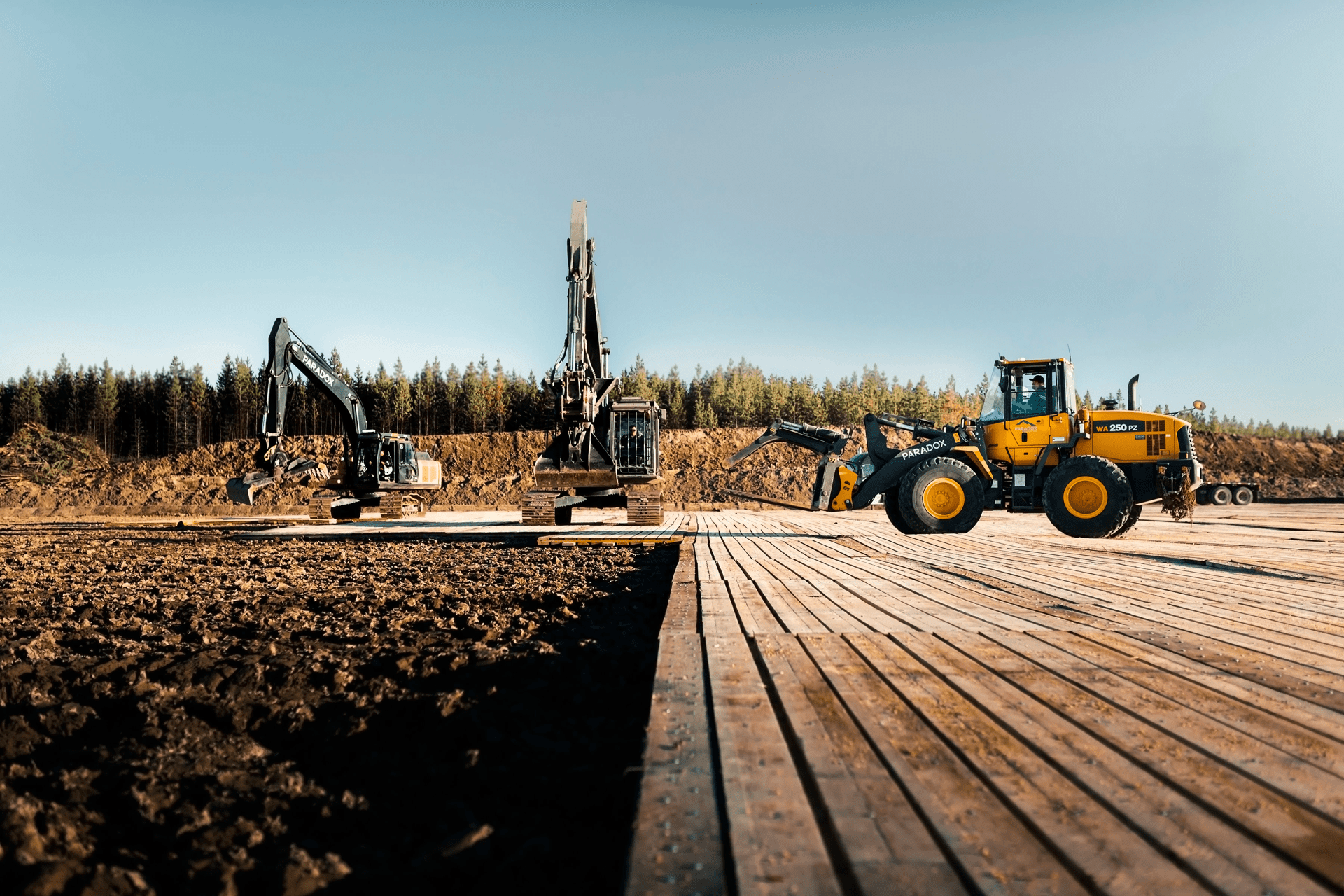25 October 2019
How to Dress for Winter Work: A Head-to-Toe Guide
While a fluffy layer of freshly-fallen snow can easily transform an average scene into an...

Paradox's Blog is a hub for thought leadership in the areas of construction, engineering, project management, leadership, and business in the civil construction and geotechnical engineering industries.

27 March 2020

Spring break-up — that lovely time of year when freeze-thaw cycles abound, transforming what was once solid ground into muddy messes — is officially upon us.
In this blog post, we'll review the basics of spring break-up, how it impacts companies and workers, and — most importantly — best practices to help you maximize workplace safety when faced with these extreme conditions.
Spring break-up refers to the time of year when melting snow and frost cause ground conditions to become extremely soft and muddy — usually during March and April, although of course that isn't set in stone (we Canadians know how unpredictable Mother Nature can be).
Although this seasonal trend tends to have a significant impact on western Canada's energy industry, it's worth noting that oil and gas workers aren't the only ones affected by spring break-up.
While spring break-up is commonly known to significantly affect upstream conventional oil and gas activities, any project operating in a remote location accessed primarily by a gravel or dirt access road can be impacted by these seasonal freeze-thaw cycles. Even commercial construction sites might need to prepare to manage the effects of spring break-up, depending on their location.
1. Infrastructure
Freeze-thaw cycles and melting snow and frost cause the ground to lose structural integrity. This is why regions that are severely impacted by spring breakup often see an uptick in road bans during this time of year — the ground beneath many of the access roads that lead to rigs and remote work sites isn't strong enough to support extremely heavy loads, such as construction equipment, gravel trucks, and heavy machinery. Road bans during this time of year aim to preserve the integrity of these roads for as long as possible.
Furthermore, even if the roads leading to a worksite during spring break-up aren't closed, the sites themselves could be incredibly muddy and difficult (or, sometimes, even dangerous) to work and operate on.
2. Performance
In terms of personnel, frontline workers are often the most impacted during this time of year. Office work can typically continue as usual, so management isn't usually affected to the same degree as frontline workers.
For those labourers, operators, and other frontline personnel who are able to continue to work during spring break-up, delays in work performance can be a challenge. Environmental conditions can cause tasks to take longer than usual, and their scope of work might have to be adjusted accordingly.
Overall, spring break-up is a change in workplace conditions, and companies and workers need to adjust their hazard assessment processes and controls accordingly to reduce hazards and incidents during this time.
At Paradox, we can help reduce hazards by providing safe, reliable access solutions to companies and organizations thrive — even during the notorious spring break-up.
Don't let your productivity get stuck in the mud this spring. Click the button below to get in touch with our access solutions team — we'll make sure your projects stay on solid ground.
It is a long established fact that a reader will be distracted by the readable content of a page when looking at its layout.
25 October 2019
While a fluffy layer of freshly-fallen snow can easily transform an average scene into an...
11 October 2019
Winter is coming... along with extreme weather and environmental conditions, which can greatly...